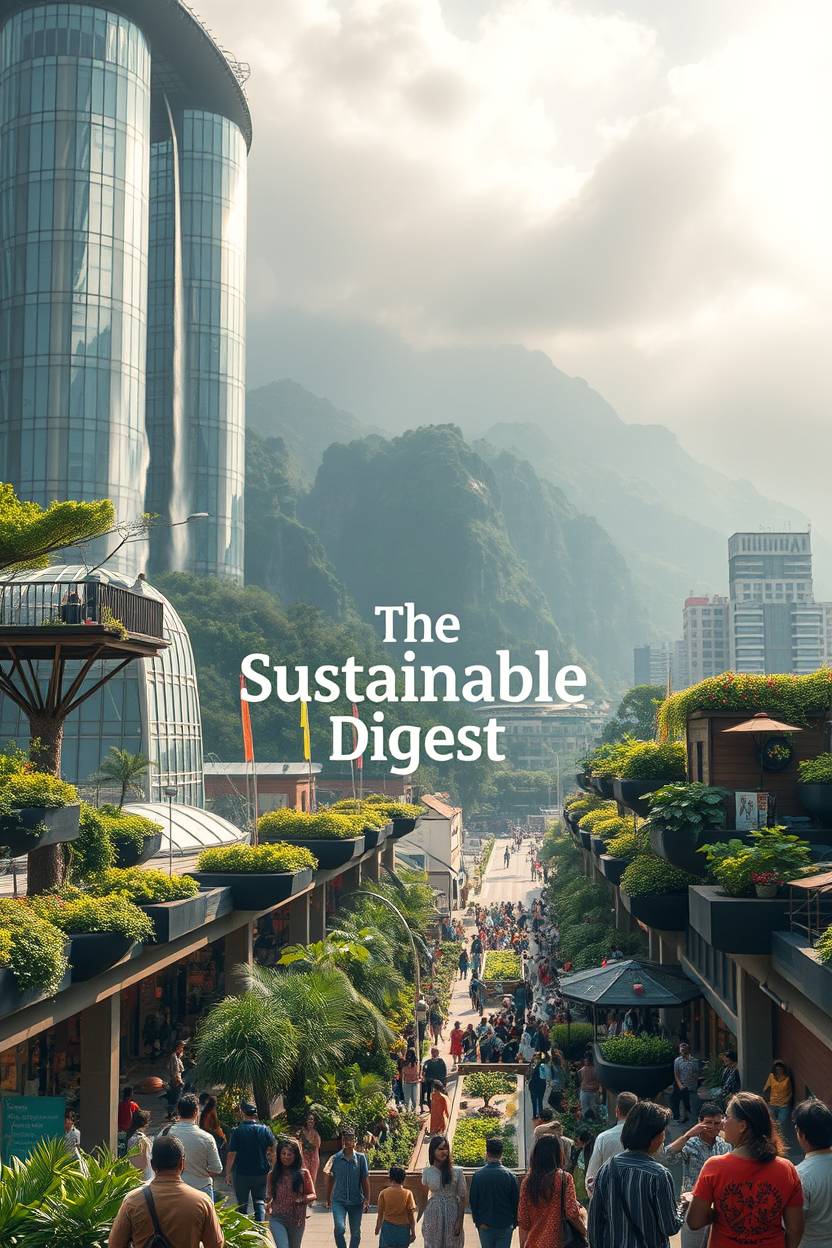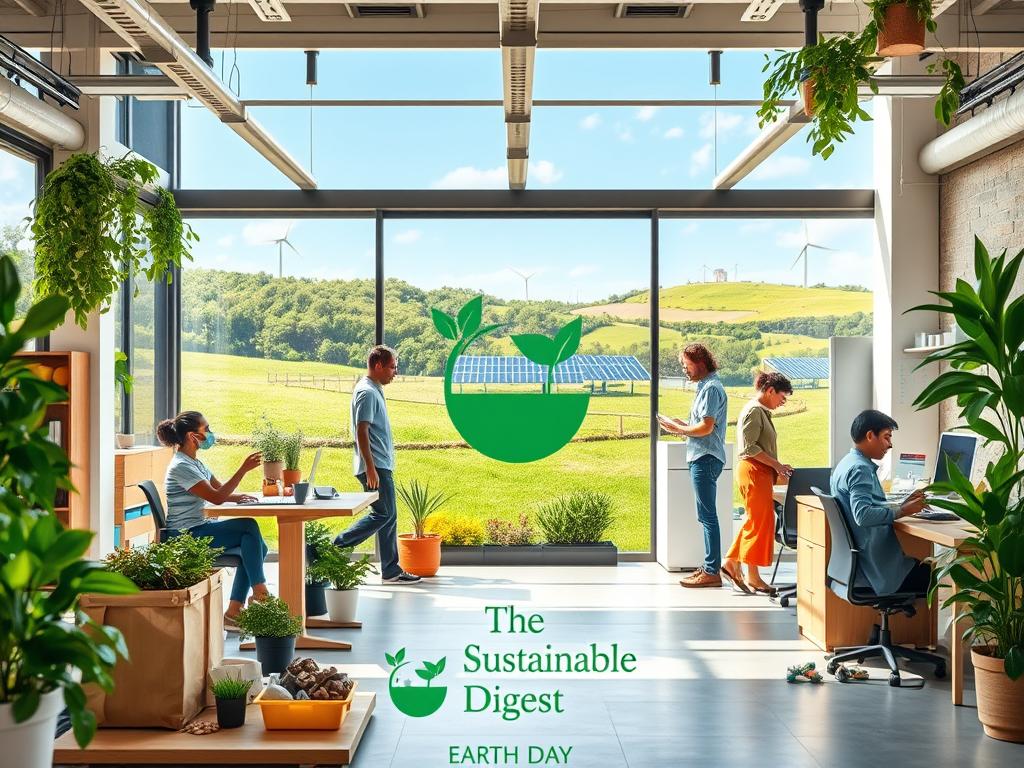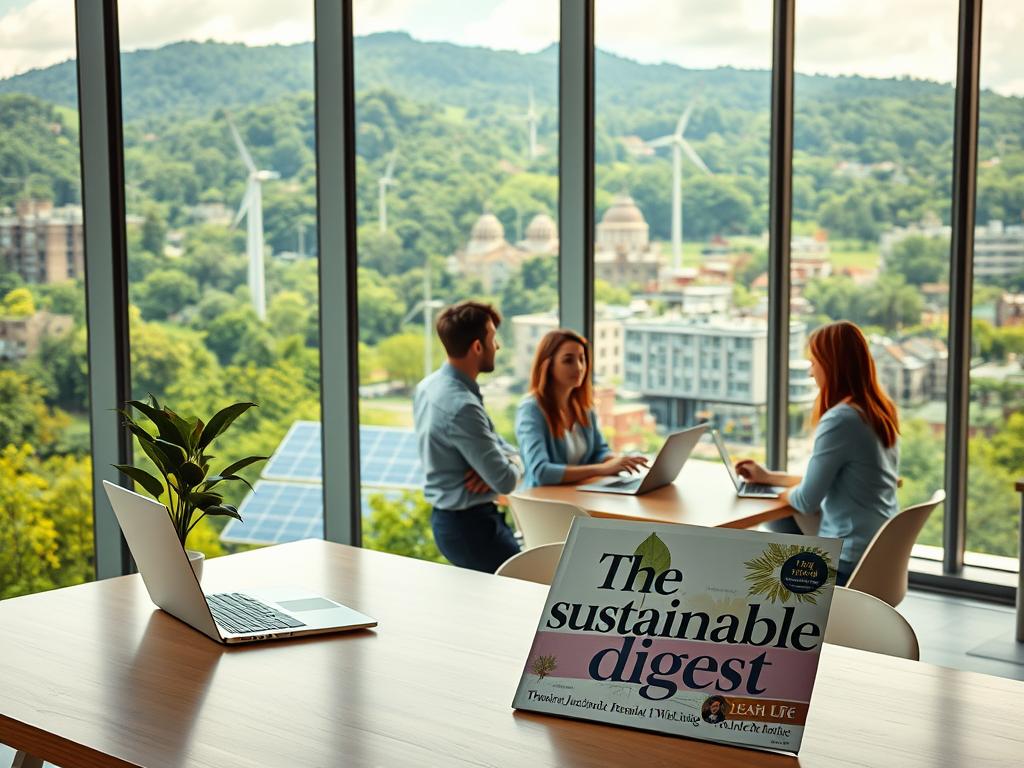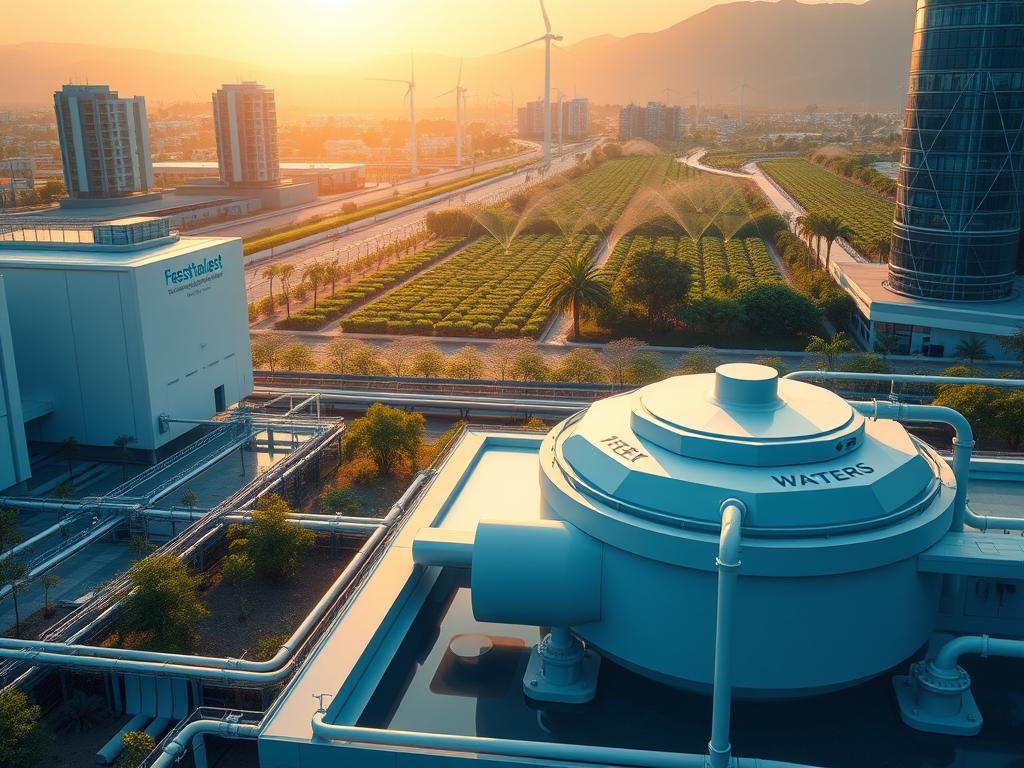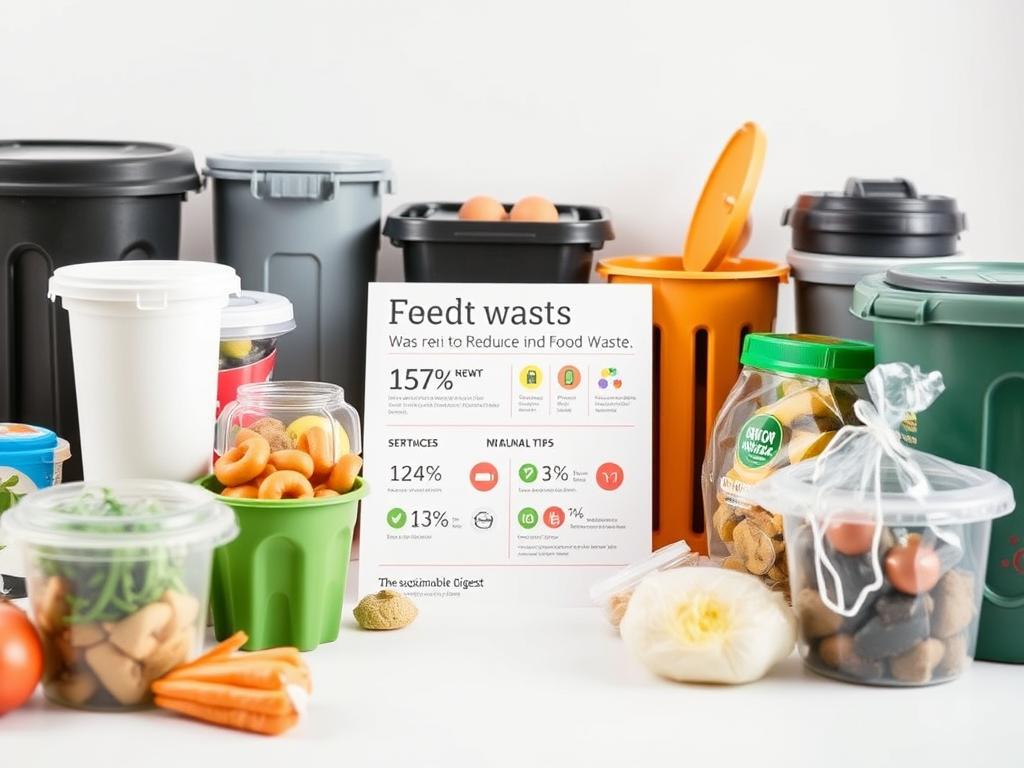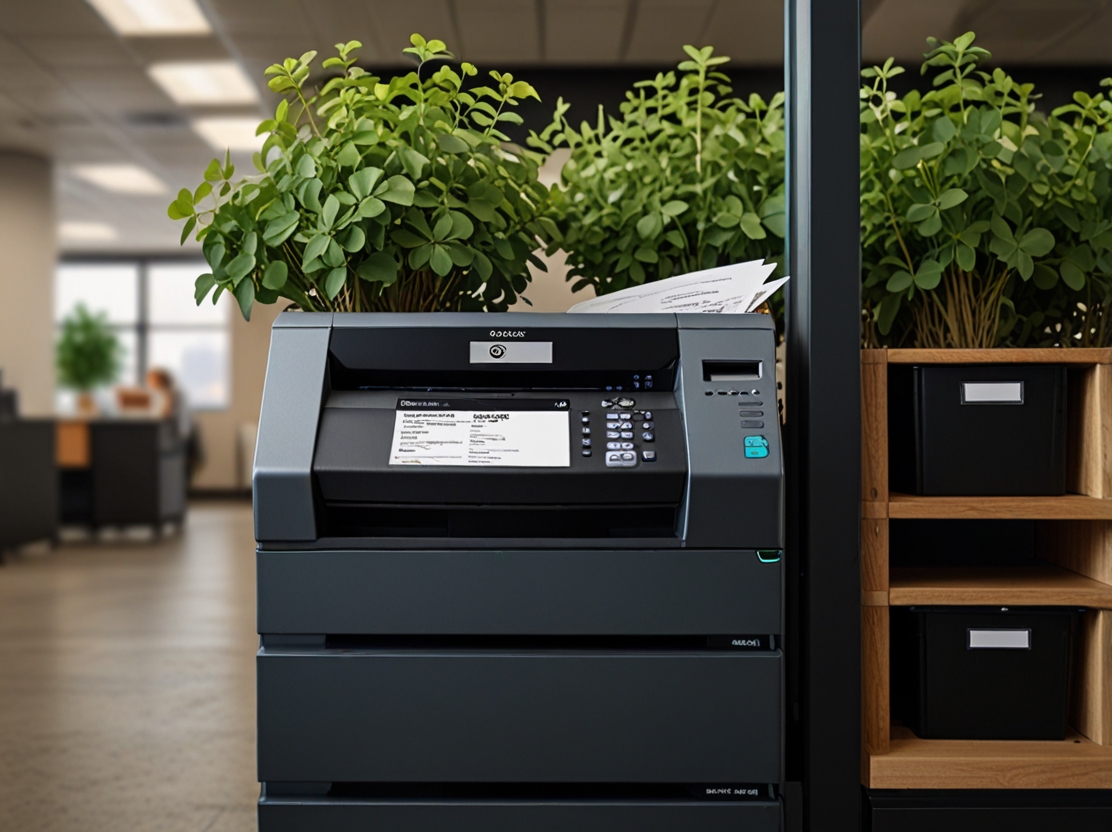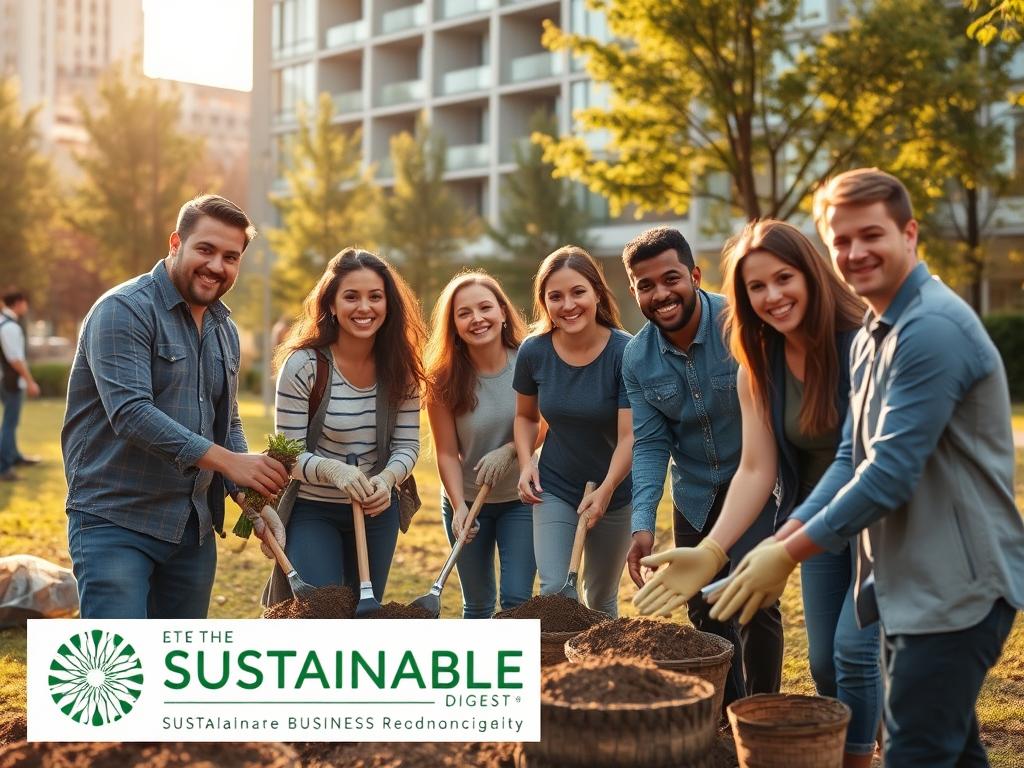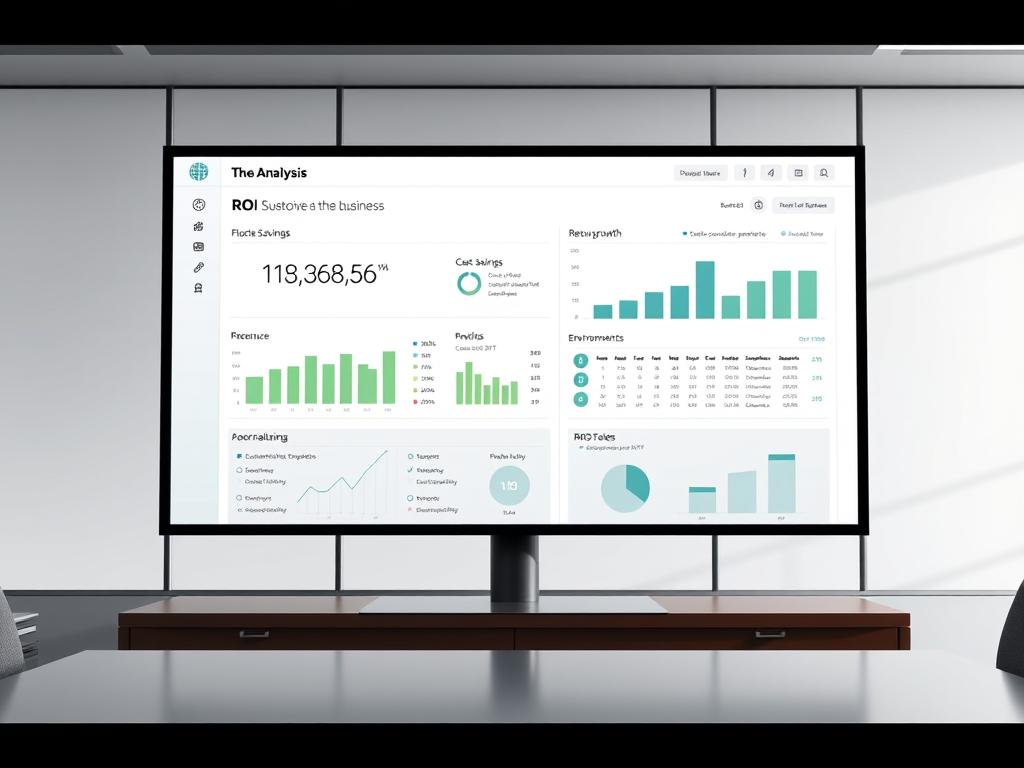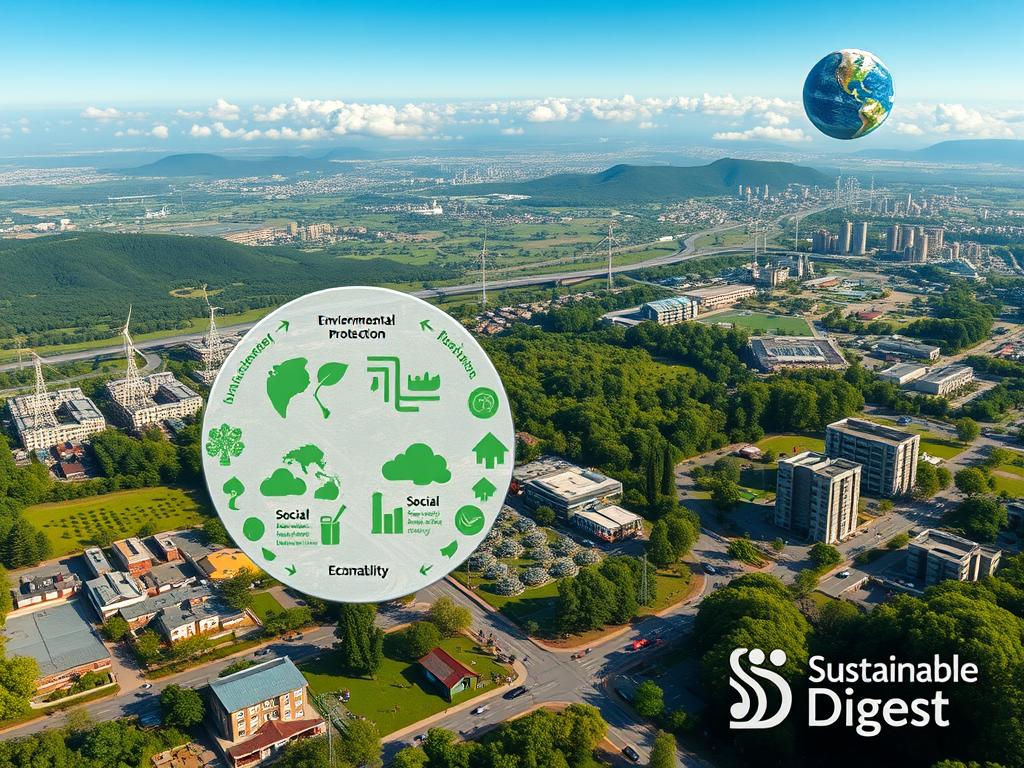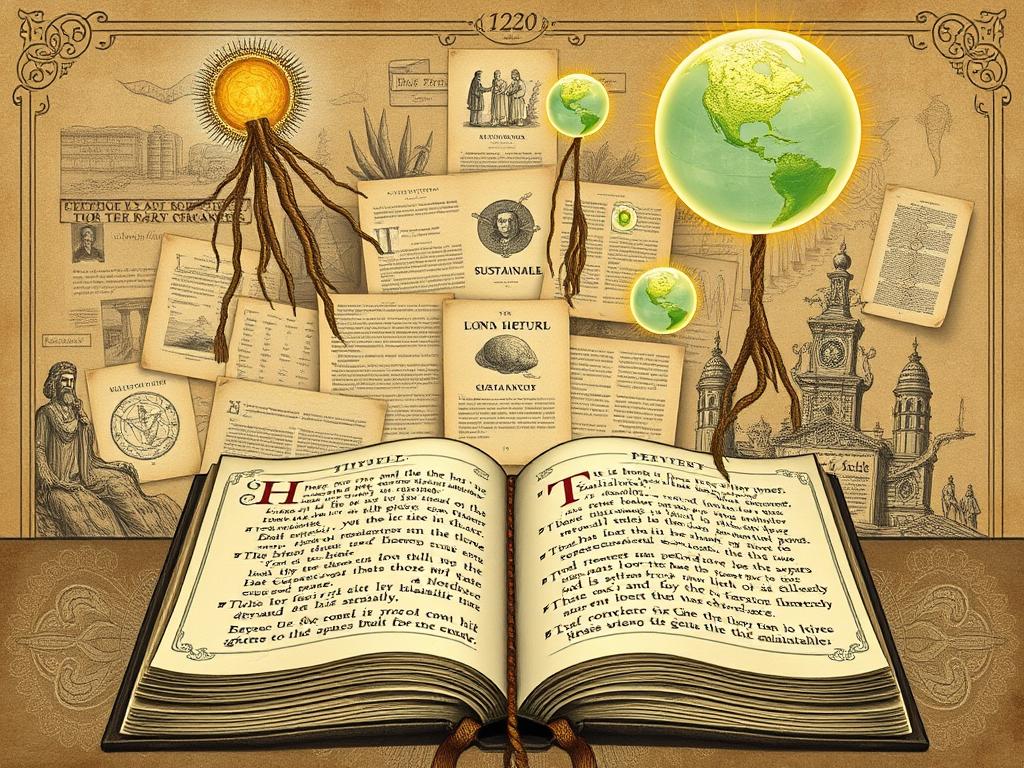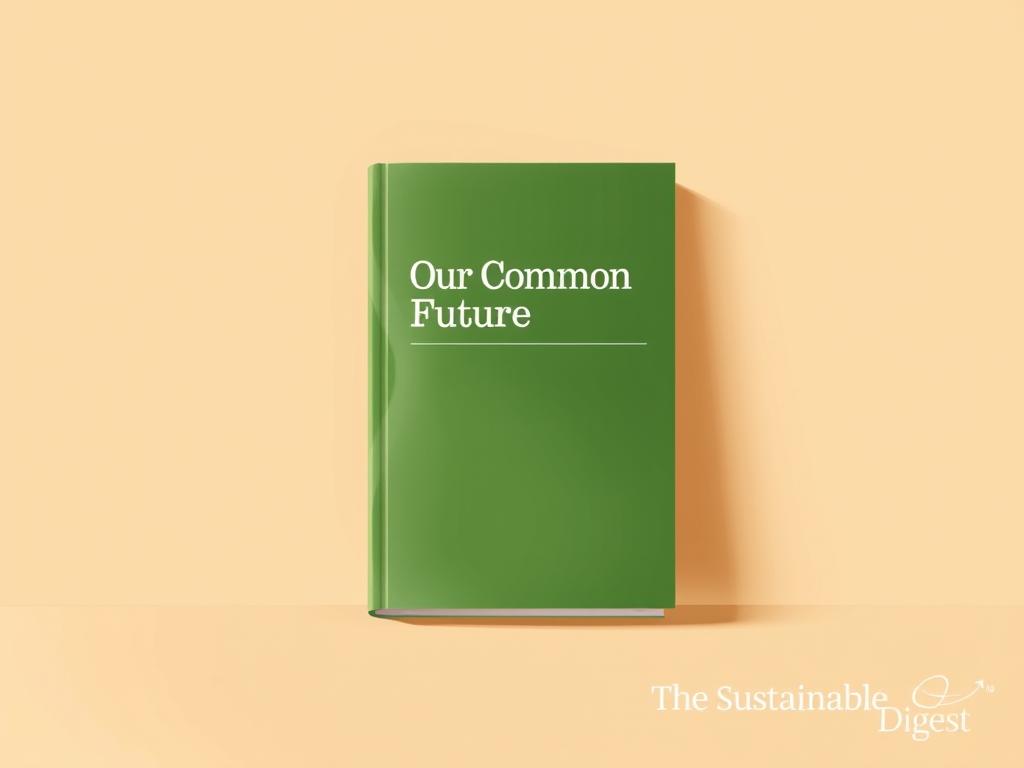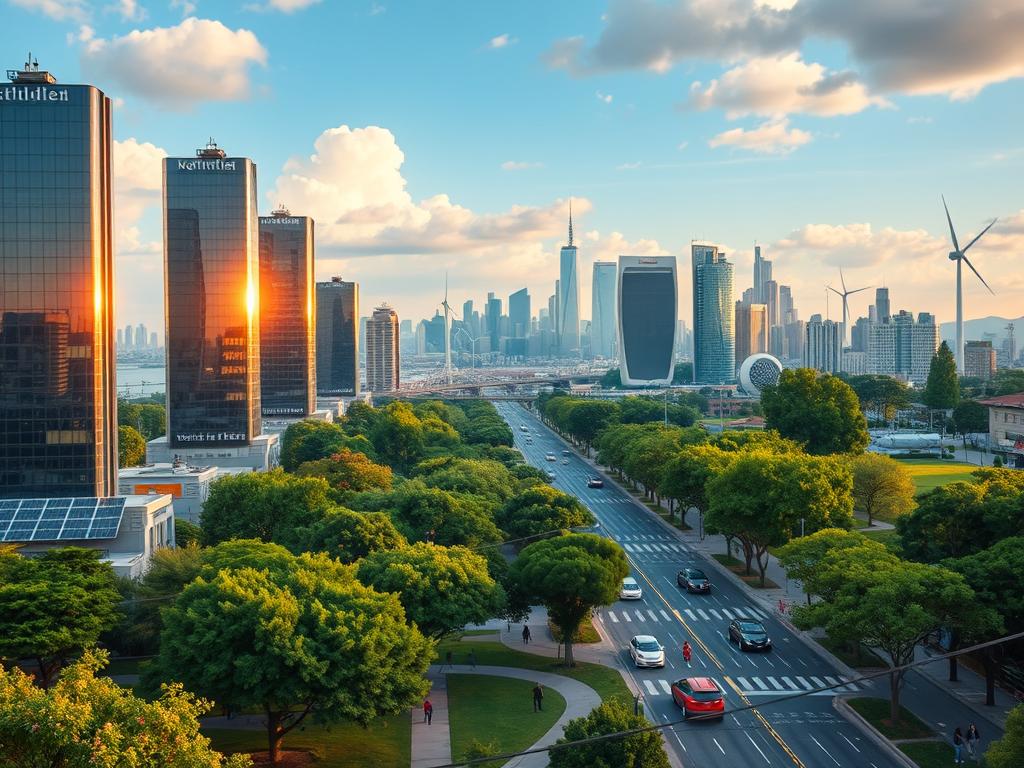
The time between July 25th and 27th is key for sustainable development efforts around the world. Many environmental and social impact celebrations happen then. They show how important environmental conservation is.
Global sustainability is more important than ever. The July 25-27 weekend is a big push for eco-friendly actions and less environmental harm. It’s filled with events and observances that stress the need for sustainable practices.

The Significance of July25-27 Weekend for Global Sustainability
Between July 25-27, the world focuses on sustainability. Many events highlight the need to protect our environment. This time is key for global efforts to save our planet.
Historical Context of Late July Observances
July’s end is filled with important dates for many cultures and countries. These dates hold deep meaning.
Evolution of Environmental Awareness in Summer Celebrations
Summer events now focus more on the environment. This change shows our growing worry about climate change and saving our planet.
Cultural Significance Across Different Regions
July 25-27 is celebrated differently around the world. Each place adds its own twist, showing off local traditions and care for the environment.
Connection to Sustainable Development Initiatives
These holidays are linked to efforts for a sustainable future. They encourage us to live greener and take care of our planet.
Emergence of Eco-Conscious Commemorations
There’s a growing number of celebrations focused on the environment. These events remind us of the need for sustainability.
Alignment with Seasonal Environmental Cycles
These holidays match up with nature’s rhythms. For example, World Mangrove Day helps protect coastal areas during the right time.
| Observance | Date | Focus Area |
|---|---|---|
| World Mangrove Day | July 26 | Coastal Ecosystem Conservation |
| One Voice Day | July 25 | Global Harmony and Unity |
July25th to27th Weekend Holidays & Observances Global Sustainable Development
The July 25-27 weekend is key for global sustainability efforts. It’s filled with observances and celebrations around the world. These events highlight our commitment to the environment and sustainable development.
Overview of Sustainability-Focused Events
Worldwide, many events focus on sustainability during this weekend. They show how important it is to protect our environment and adopt sustainable practices. These events include awareness campaigns and community projects.
Calendar of Key Environmental Observances
Important environmental events happen during this time. National Tree Day and Love Parks Week are among them. They help us understand the value of trees and parks in our cities.
| Date | Observance | Focus Area |
|---|---|---|
| July 25 | National Tree Day | Reforestation |
| July 26-31 | Love Parks Week | Community Spaces |
Thematic Connections Between Diverse Celebrations
The celebrations from July 25-27 share common themes. They focus on protecting the environment and engaging communities. Together, they tell a story about living sustainably.
Impact on Global Environmental Awareness
The July 25-27 weekend’s events greatly impact global environmental awareness. They increase public awareness and shape policy and institutional actions to tackle environmental issues.
Media Coverage and Public Engagement Metrics
These events get a lot of media attention, boosting public engagement on social media and in communities. The numbers show a big jump in environmental awareness and participation.
Policy Influences and Institutional Responses
These observances also lead to policy changes and actions from institutions. Governments and organizations take steps to address environmental concerns in response to the growing awareness.
Environmental Conservation Days: World Mangrove Day and National Tree Day

World Mangrove Day and National Tree Day are very important today. They remind us of the need to protect our natural world. These days help us remember to care for our ecosystems.
World Mangrove Day: Protecting Coastal Ecosystems
World Mangrove Day shows us how vital mangroves are. They help keep coastlines safe and support many species. Mangroves also help people make a living.
Scientific Importance of Mangrove Preservation
Mangroves are key for fighting climate change. They store a lot of carbon and help marine life thrive. Saving mangroves is essential for our planet.
Global Initiatives and Success Stories
There are many success stories in mangrove restoration worldwide. For example, local efforts have brought back habitats and helped people’s lives improve.
| Initiative | Location | Impact |
|---|---|---|
| Community-led Mangrove Restoration | South Asia | Restored 1000 hectares of mangrove forests |
| Mangrove Conservation Project | East Africa | Protected 500 hectares of mangroves |
National Tree Day: Reforestation Initiatives Worldwide
National Tree Day is all about planting trees. Trees are crucial for keeping our environment balanced. They help fight climate change and support many species.
Community Participation Models
Getting people involved is key to tree planting success. When local communities help plant and care for trees, projects do better.
Long-term Impact on Carbon Sequestration
Planting trees has a big impact on our planet. Trees take in CO2 as they grow. This makes tree planting a vital way to fight climate change.
Social Impact Celebrations: One Voice Day and Love Parks Week
The spirit of community shines bright on the July 25-27 weekend. Events like One Voice Day and Love Parks Week are at the forefront. They unite people, promote global harmony, and encourage sustainable living.
One Voice Day: Uniting for Global Harmony
One Voice Day is a big event that brings people together worldwide. It’s a chance for individuals to help create a more harmonious world.
Origins and Evolution of the Observance
One Voice Day started as a small movement for peace and unity. Now, it’s a global event with people from all walks of life joining in.
Contemporary Participation Methods
Today, you can join One Voice Day in many ways. You can use social media, attend community events, or reflect on your own. These options make it easy for everyone to get involved.
Love Parks Week: Community Spaces for Sustainable Living
Love Parks Week celebrates the importance of urban green spaces. These areas help us live sustainably and improve our health.
Urban Green Space Preservation Efforts
During Love Parks Week, communities work together to keep their parks beautiful. These efforts make our environment healthier and more vibrant.
Health and Social Benefits of Park Engagement
Being in parks has many benefits. It lowers stress, boosts physical activity, and strengthens community ties. By joining Love Parks Week, you can enjoy these benefits and live more sustainably.
National Independence Celebrations and Their Sustainability Initiatives

National independence celebrations in the July 25-27 weekend are a chance for countries to show their green commitment. These events include environmental and sustainable development themes. It’s a time for countries to celebrate and focus on saving the planet.
Liberia Independence Day (July 26)
Liberia celebrates its freedom on July 26. This day also shines a light on the country’s green efforts. Liberia’s celebrations now highlight protecting the environment and promoting sustainable growth.
Environmental Protection in Post-Conflict Development
After the conflict, Liberia has put a big focus on saving the environment. This includes planting trees and keeping natural resources safe.
Sustainable Resource Management Programs
The country has started programs to manage resources in a way that’s good for the future. This helps keep ecosystems and natural resources healthy for a long time.
Maldives Independence Day (July 26)
The Maldives also celebrates its freedom on July 26. But, it faces big environmental challenges because of its low-lying islands and climate change risks.
Climate Change Adaptation Strategies
The Maldives is leading in fighting climate change. It’s building climate-resistant buildings and promoting eco-friendly tourism.
Marine Conservation Efforts
Protecting the sea is a big part of the Maldives’ green plans. They work hard to save coral reefs and marine life.
Tunisia Republic Day (July 25)
Tunisia marks its Republic Day on July 25. The day is filled with events that show the country’s dedication to being green.
Renewable Energy Transitions
Tunisia is moving towards using more renewable energy. This is to cut down on fossil fuels and fight climate change.
Water Conservation Initiatives
The country also focuses on saving water. They know how crucial water is for growth and keeping the planet healthy.
These countries show how independence celebrations can boost green efforts. They set a good example for the world in sustainable development.

Regional Celebrations with Environmental Focus
In late July, places like Costa Rica, Australia, and Puerto Rico celebrate with a focus on the environment. These events celebrate culture and highlight local efforts to protect the planet.
Annexation of Guanacaste Day and Guanacaste Day (Costa Rica, July 25)
Costa Rica marks the Annexation of Guanacaste Day on July 25. It remembers when Guanacaste joined Costa Rica in 1824. This day also honors Guanacaste’s culture and nature.
Biodiversity Protection in Celebration Practices
These celebrations include efforts to protect nature. Activities like planting trees and saving wildlife are part of the festivities. They aim to keep Guanacaste’s unique ecosystems safe.
Eco-Tourism Development
Eco-tourism is a big part of Guanacaste Day. It supports local people and helps protect the environment. This way, the area’s beauty and wildlife can be enjoyed for years to come.
Darwin Show Day (Australia, July 26)
Australia’s Darwin Show Day honors the country’s rural roots and farming achievements. It showcases how to farm in a way that’s good for the planet and supports local communities.
Sustainable Agriculture Showcases
The Darwin Show highlights new farming methods that are kind to the environment. These methods help farmers grow food without harming the planet.
Indigenous Land Management Practices
The Darwin Show also celebrates how indigenous people manage the land. Their traditional ways help keep the land healthy and productive for future generations.
Puerto Rico Constitution Day and Fiesta de Santiago (July 25)
Puerto Rico celebrates its Constitution Day on July 25. In some towns, this day is also part of the Fiesta de Santiago. These events mix cultural traditions with a focus on the environment.
Cultural Heritage Preservation
These celebrations aim to keep Puerto Rico’s culture alive. They highlight traditions that are also good for the planet.
Sustainable Festival Practices
The Fiesta de Santiago and other celebrations use eco-friendly practices. They reduce waste and use energy-saving lights. This sets a good example for green festivals everywhere.
Historical Commemorations and Their Modern Sustainability Context

Important historical dates like July 25-27 help us see today’s environmental and social issues. These days honor the past and make us think about today’s problems.
Commemoration of the Assault on Moncada and National Rebellion Day
Cuba remembers the Assault on Moncada and National Rebellion Day on July 26. This day started the Cuban Revolution. Now, it also focuses on modern green efforts.
Evolution of Cuba’s Environmental Policies
Cuba has grown in protecting the environment. They focus on green farming and clean energy. Key policies include:
- Organic farming practices
- Renewable energy investments
- Ecotourism development
Sustainable Agriculture Models
Cuba uses permaculture and agroecology in farming. These methods help feed people and protect the planet. They are especially good at making food more secure and green.
National Korean War Veterans Armistice Day
The U.S. honors National Korean War Veterans Armistice Day on July 27. It remembers the Korean War’s end. It also highlights the need to fix the environment after wars.
Post-Conflict Environmental Restoration
Places after wars face big environmental problems. To fix these, efforts include initiatives such as:
- Demining and land rehabilitation
- Ecological restoration projects
- Community-led conservation
Veterans’ Engagement in Conservation Efforts
Veterans are now helping with environmental projects. They use their skills to protect nature. Their work is very important for a greener future.
United Nations Sustainable Development Goals in Action
In July, the world comes together to support the United Nations Sustainable Development Goals (UNSDGs). These goals aim to solve global problems. Many July celebrations focus on these goals.
How July Observances Align with UNSDGs
July events show a strong link to the UNSDGs. Many celebrations directly tie to specific goals.
Goal-Specific Celebrations and Initiatives
For example, World Mangrove Day on July 26th supports Goal 14: Life Below Water. It highlights the need for marine ecosystems. National Tree Day, celebrated on July 28th, helps Goal 15: Life on Land by encouraging tree planting and forest care.
Cross-Cutting Themes and Integrated Approaches
July events also focus on themes that touch on several goals. Love Parks Week, celebrated in July, supports Goal 11: Sustainable Cities and Communities. It also improves Goal 3: Good Health and Well-being by creating green spaces.
Measuring Progress Through Annual Celebrations
July events help track progress toward UNSDGs. They raise awareness and serve as milestones for improvement.
Quantitative Indicators and Reporting Mechanisms
Numbers are key in measuring success. For example, World Mangrove Day tracks progress toward Goal 14 by counting mangrove protection. National Tree Day measures Goal 15 progress by counting trees planted.
Shared Socioeconomic Pathways Framework Application
The Shared Socioeconomic Pathways (SSP) framework helps understand long-term effects. It shows how July events might shape future sustainable development.
The International Year of Cooperatives: Economic Sustainability
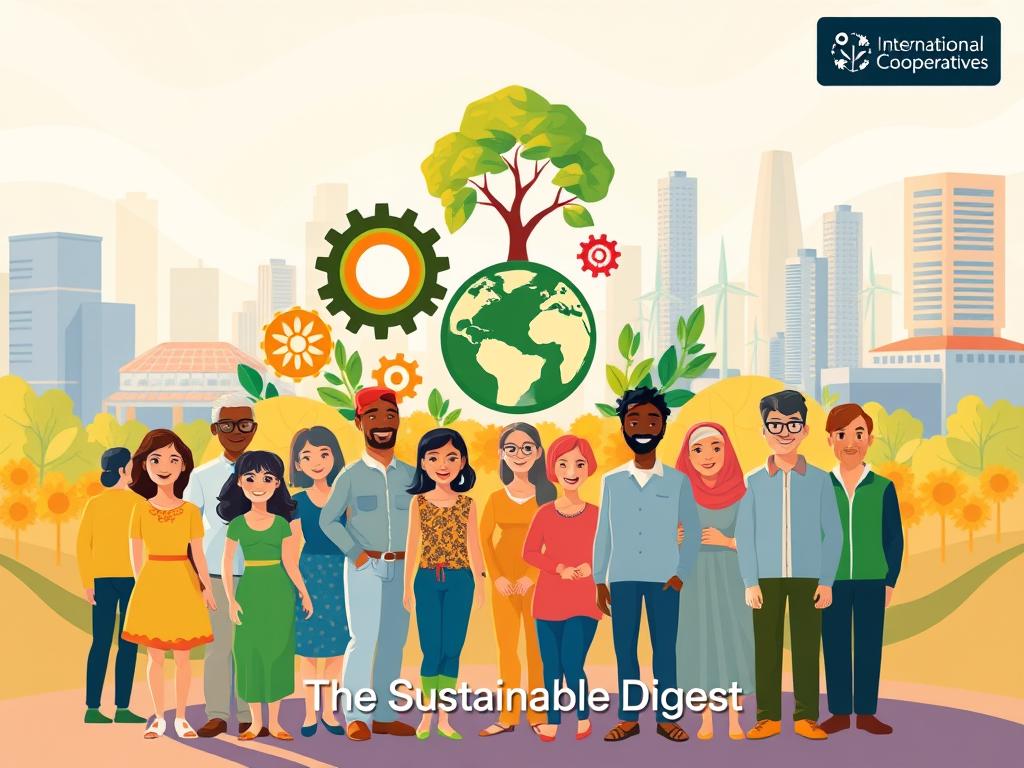
The International Year of Cooperatives highlighted the key role of cooperatives in economic sustainability. They are known for boosting economic growth, fighting for social justice, and building strong communities.
Cooperative Development Models
Cooperative development models have grown to tackle economic and social issues. These models aim to be inclusive, sustainable, and meet the needs of their members.
Agricultural Cooperatives and Food Security
Agricultural cooperatives are vital for food security. They give farmers access to markets, resources, and expertise. In the U.S., cooperatives have boosted crop yields and farmer earnings.
Energy Cooperatives and Renewable Transitions
Energy cooperatives lead the way to renewable energy. They help communities cut carbon emissions and gain energy independence. Examples include community-owned wind farms and solar cooperatives.
Success Stories from Around the Globe
Cooperatives have shown great success worldwide, proving they are a strong economic model. Success stories are found in both North America and the Global South.
North American Cooperative Initiatives
In North America, cooperatives have greatly contributed to economic growth. Credit unions have served millions, and consumer cooperatives have made goods and services affordable.
Global South Cooperative Innovations
In the Global South, cooperatives have found creative solutions to local problems. African agricultural cooperatives have enhanced food security, and Latin American housing cooperatives have made housing affordable.
| Region | Cooperative Type | Impact |
|---|---|---|
| North America | Credit Unions | Financial Inclusion |
| Global South | Agricultural Cooperatives | Food Security |
| Europe | Energy Cooperatives | Renewable Energy |
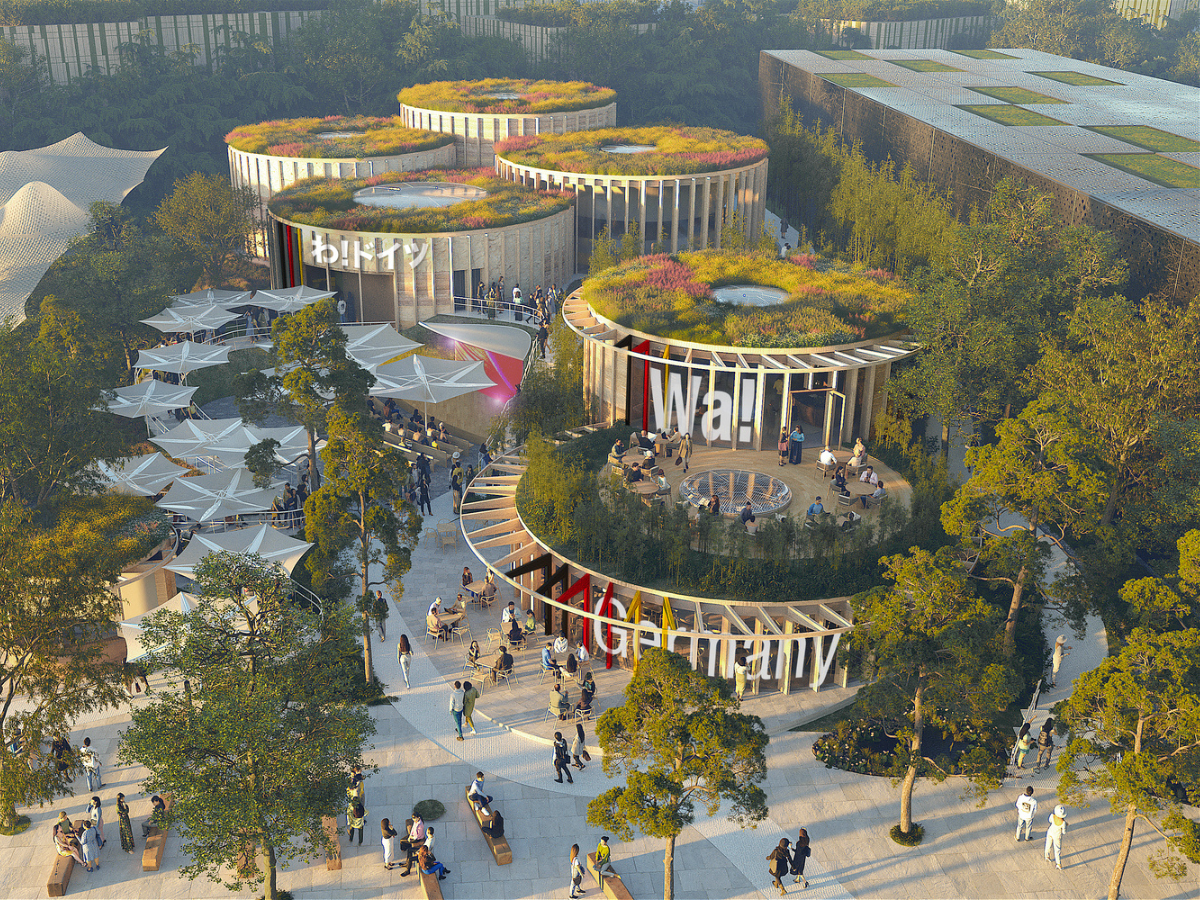
Looking Forward: Osaka World Expo2025 and Sustainable Future
The Osaka World Expo 2025 is a big step towards a sustainable future. It will bring the world to Osaka to show off new technologies and solutions. These are aimed at solving big environmental problems.
Planned Initiatives and Global Participation
The Expo has a big plan to help the planet. It will have many initiatives for sustainable development. Countries from all over will share their ideas and solutions.
Technological Innovations for Sustainability
The Expo will highlight technological innovations for a greener future. You’ll see the latest in renewable energy and water management. It’s a chance to see the future of sustainability.
Cultural Exchange and Knowledge Sharing
The Expo will also focus on cultural exchange and knowledge sharing. It’s a chance for everyone to learn from each other. This way, we can all get better at being sustainable.
Expected Impact on Sustainable Development Goals
The Osaka World Expo 2025 will help a lot with the United Nations’ Sustainable Development Goals (SDGs). It will push for sustainable practices and tech. This will help us reach these important goals.
Long-term Legacy Planning
Planning for the Expo’s future is key. They want to make sure the good work done at the Expo keeps going. This will help the world for years to come.
Integration with Shared Socioeconomic Pathways
The Expo’s plans also fit with Shared Socioeconomic Pathways (SSPs). These paths help us understand and tackle future sustainability challenges. This will lead to a better, fairer world.

How to Participate in July25-27 Sustainability Observances
During the July 25-27 weekend, people can join local and digital efforts for a greener future. This time is perfect for coming together to help our planet.
Local Community Engagement Opportunities
Getting involved in your community is key to sustainability. You can take part in:
- Community clean-up events
- Environmental education workshops
- Local tree planting initiatives
Family-Friendly Activities and Educational Events
Engaging kids in green efforts is important. Many groups offer:
- Interactive workshops on sustainable living
- Nature walks and conservation activities
- Environmental fairs with educational resources
Volunteer Initiatives and Civic Participation
Volunteering and getting involved in civic actions are crucial. You can:
- Join local environmental organizations
- Participate in citizen science projects
- Advocate for sustainable policies in your communities
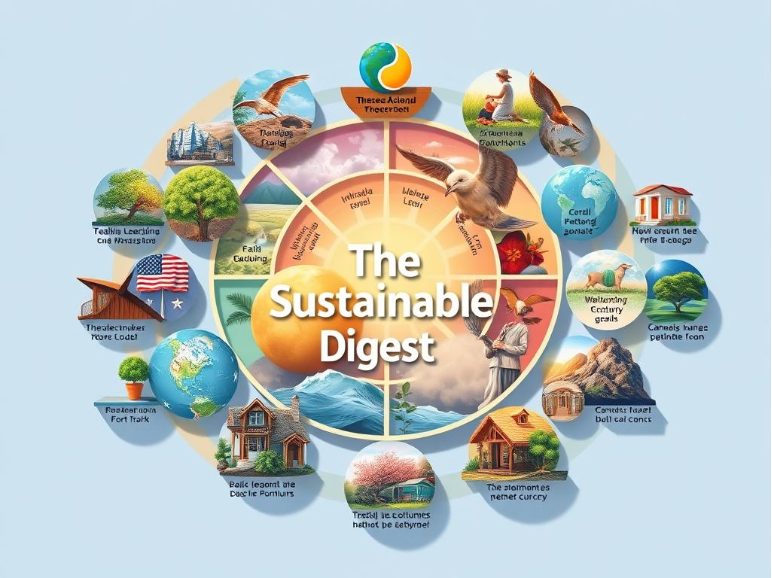
Digital Participation and Global Awareness Campaigns
Digital actions are also important for spreading awareness worldwide. You can:
- Share sustainability-related content on social media
- Participate in online webinars and workshops
- Join global sustainability initiatives and forums
Social Media Advocacy Strategies
Using social media wisely can help spread the word about sustainability. This includes:
- Using hashtags to raise awareness
- Sharing personal stories of sustainability efforts
- Engaging with influencers and sustainability advocates
Virtual Events and International Collaboration Platforms
Virtual events and global platforms offer chances for worldwide connection. You can:
- Attend virtual conferences on sustainability
- Participate in online hackathons for environmental challenges
- Collaborate with international teams on sustainability projects
By taking part in both local and digital activities, you can make a big difference. As “The future depends on what we do today.” Let’s work together for a better tomorrow.
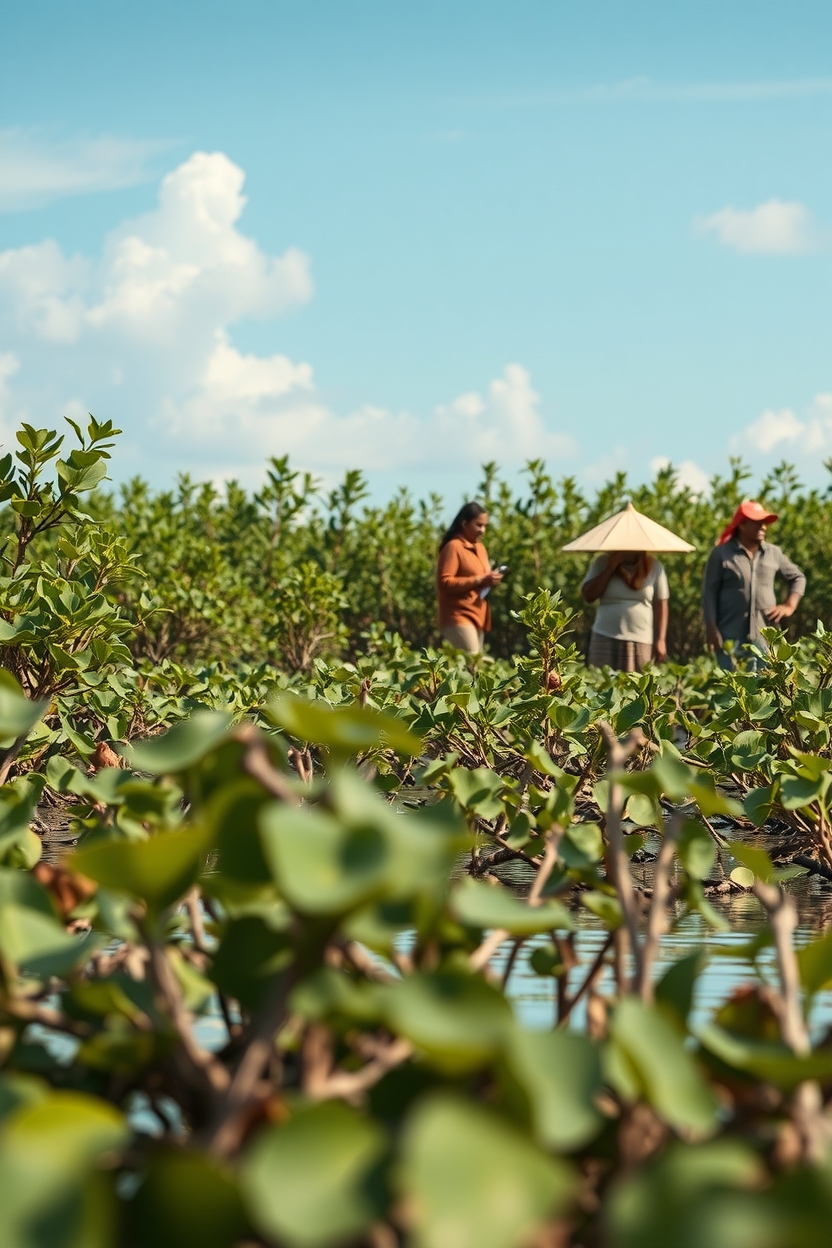
Conclusion: The Collective Impact of July25-27 Observances on Global Sustainability
The July25-27 weekend is key for global sustainability. Many observances and celebrations happen then. They focus on saving the environment, making a social impact, and promoting sustainable development.
These events together have a big effect on helping the planet. They show how we can all work together for a better world.
Days like World Mangrove Day and National Tree Day are important. They help us learn and take action on big global problems. These days bring people together, showing the power of working as one.
Looking ahead, events like the Osaka World Expo 2025 will keep pushing for a better future. By joining in, we can help make the world more sustainable and fair for everyone.

Key Takeaways
- The July 25-27 period is crucial for global sustainability initiatives.
- Multiple environmental and social impact celebrations occur during this time.
- Sustainable development is a key focus of the events and observances.
- Eco-friendly practices are promoted during this period.
- The events serve as a catalyst for reducing environmental footprint.


